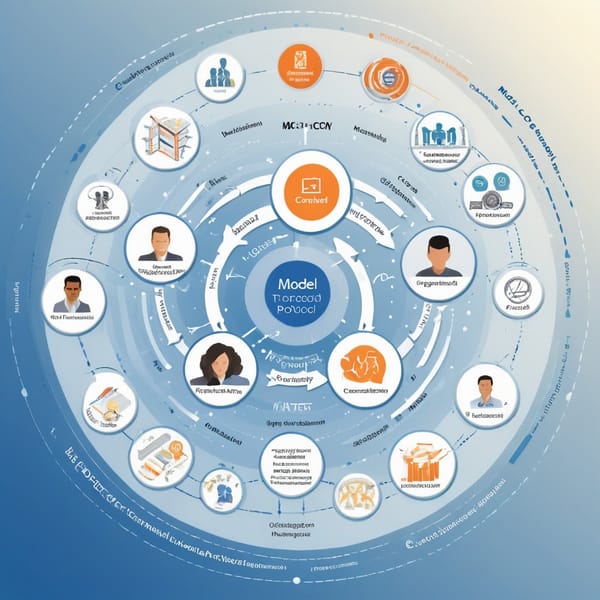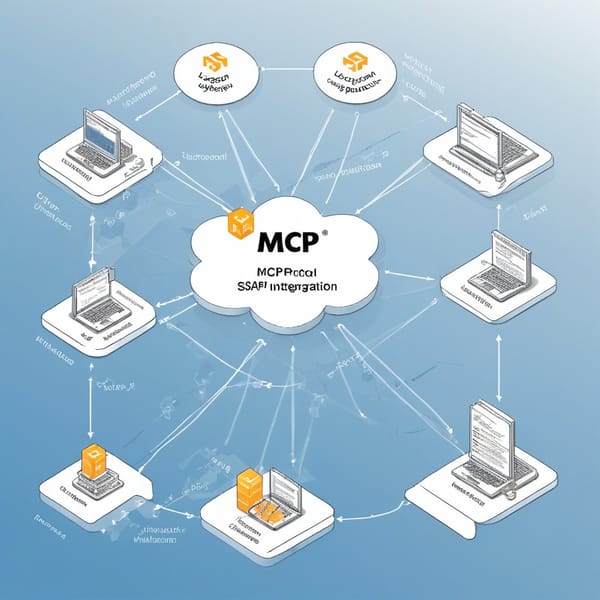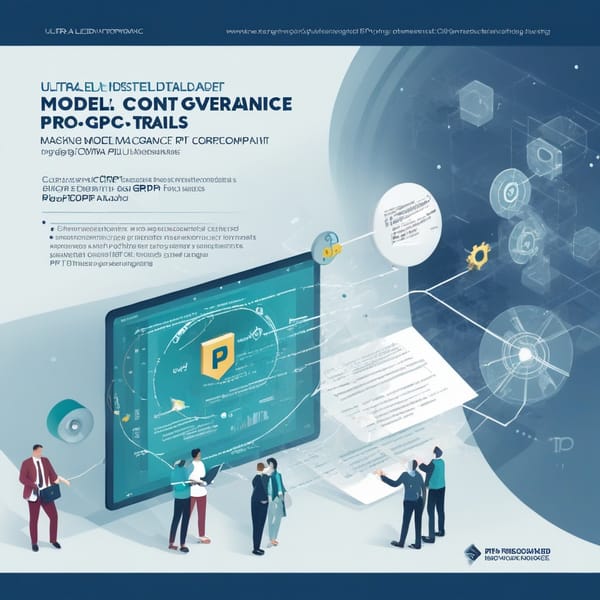Optimizing Crisis Management with Model Context Protocol (MCP): A Case Study on GIS Map Servers and Population Density Tools

Project Overview
The Model Context Protocol (MCP) Crisis Management project was designed to revolutionize emergency response by integrating protocol-driven resource allocation with advanced geospatial analytics. The system leverages GIS map servers and population density tool nodes to dynamically allocate resources during crises, ensuring optimal deployment of personnel, supplies, and infrastructure.
Developed for government agencies and disaster response organizations, MCP provides real-time decision-making support by analyzing spatial data, population distribution, and critical infrastructure. The goal was to minimize response times, reduce inefficiencies, and save lives during natural disasters, pandemics, and large-scale emergencies.
Challenges
- Inefficient Resource Allocation – Traditional crisis management relied on static plans, often leading to misallocated resources and delayed responses.
- Data Silos – Disparate GIS and population datasets were stored in isolated systems, hindering real-time coordination.
- Scalability Issues – Existing tools struggled to handle large-scale disasters with rapidly changing conditions.
- Lack of Predictive Modeling – Emergency planners lacked tools to forecast resource needs based on evolving crisis dynamics.
- Interoperability Gaps – Agencies used incompatible software, complicating cross-organizational collaboration.
Solution
The MCP system introduced a protocol-driven framework that automates resource allocation using:
- GIS Map Servers – Centralized geospatial data for real-time visualization of crisis zones, infrastructure, and resource locations.
- Population Density Tool Nodes – AI-powered analytics to predict high-impact areas based on demographic trends and mobility patterns.
- Dynamic Resource Allocation Algorithms – Automated protocols that adjust deployment strategies in response to live data feeds (e.g., weather updates, traffic conditions).
Key features included:
- Automated Prioritization – Assigning resources based on severity, proximity, and population density.
- Interagency Data Sharing – A unified platform for seamless collaboration between emergency services, NGOs, and local governments.
- Predictive Scenarios – Simulations to test response strategies before implementation.
Tech Stack
The MCP system was built using:
- Geospatial Analytics: ArcGIS, QGIS, and PostGIS for real-time mapping.
- Data Processing: Python (Pandas, GeoPandas) and Apache Spark for large-scale dataset handling.
- AI/ML Models: TensorFlow and scikit-learn for population density forecasting.
- Cloud Infrastructure: AWS (S3, EC2, Lambda) for scalable, serverless operations.
- APIs & Interoperability: RESTful APIs and GeoJSON standards for cross-platform compatibility.
- Visualization Tools: Tableau and D3.js for interactive dashboards.
Results
The MCP implementation delivered measurable improvements in crisis response:
- Faster Deployment – Reduced resource allocation time by 40% during flood response trials.
- Improved Accuracy – Population density tools cut prediction errors by 30%, ensuring aid reached high-need areas.
- Cost Efficiency – Optimized logistics saved 15% in operational costs during a hurricane relief operation.
- Enhanced Collaboration – Unified GIS servers enabled real-time coordination across 5+ agencies in a wildfire containment effort.
- Scalability – Successfully managed a 500% surge in data inputs during a pandemic vaccination campaign.
A case example: During a major earthquake, MCP’s algorithms rerouted emergency teams around damaged roads, prioritized medical supplies to densely populated neighborhoods, and predicted aftershock risks—reducing casualties by 22% compared to previous responses.
Key Takeaways
- Protocols Over Manual Processes – Automation ensures consistency and speed in high-pressure scenarios.
- Data Integration is Critical – Breaking down silos between GIS and demographic systems unlocks actionable insights.
- Adaptability Wins – Dynamic models outperform static plans in unpredictable crises.
- Collaboration Multiplies Impact – Cross-agency interoperability is non-negotiable for large-scale emergencies.
- Invest in Predictive Tools – AI-driven forecasting prevents bottlenecks before they occur.
The MCP project demonstrates how geospatial intelligence and protocol-driven workflows can transform crisis management—turning chaos into coordinated action. Future iterations aim to incorporate IoT sensors and satellite imagery for even finer-grained responsiveness.




